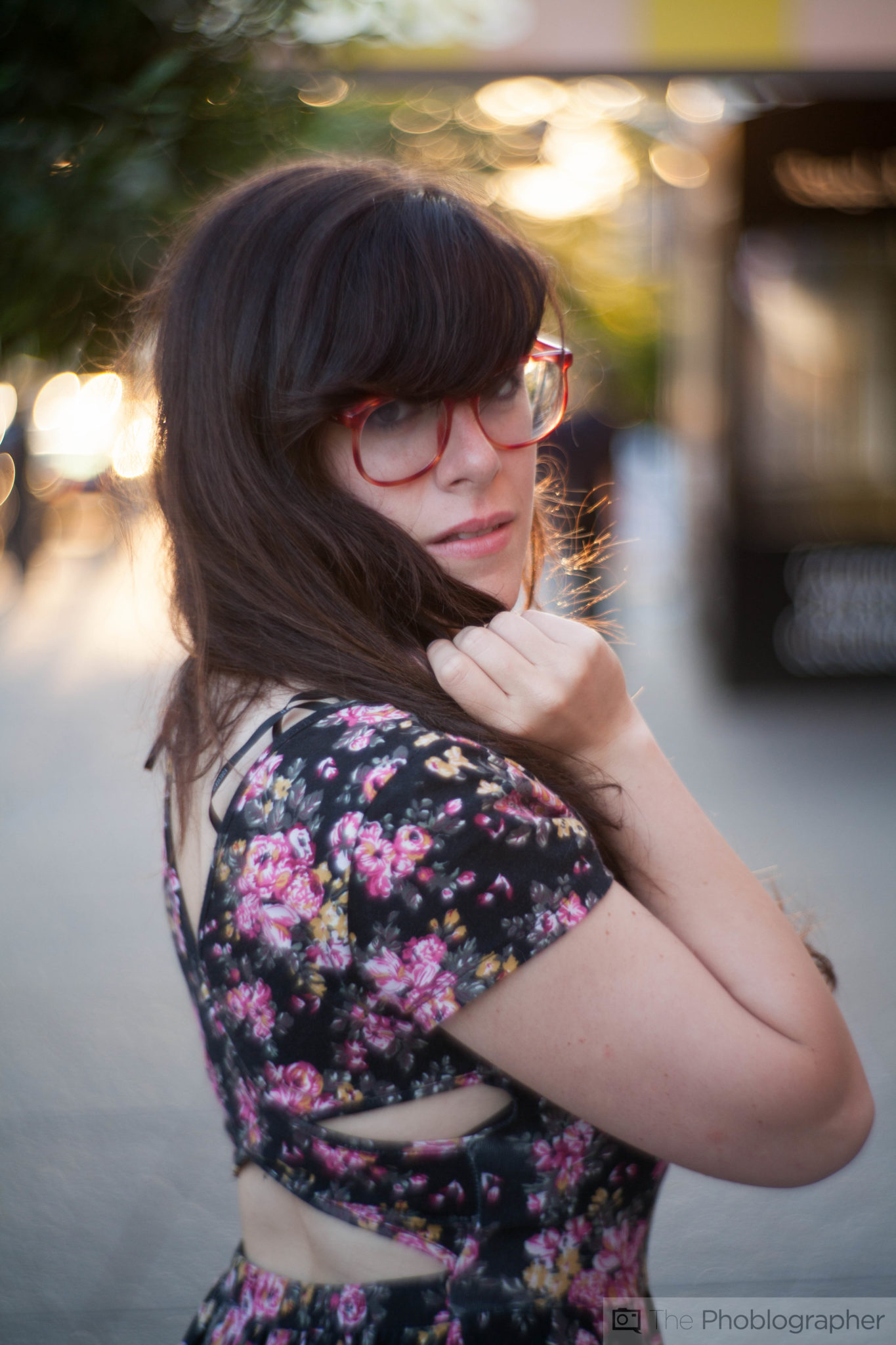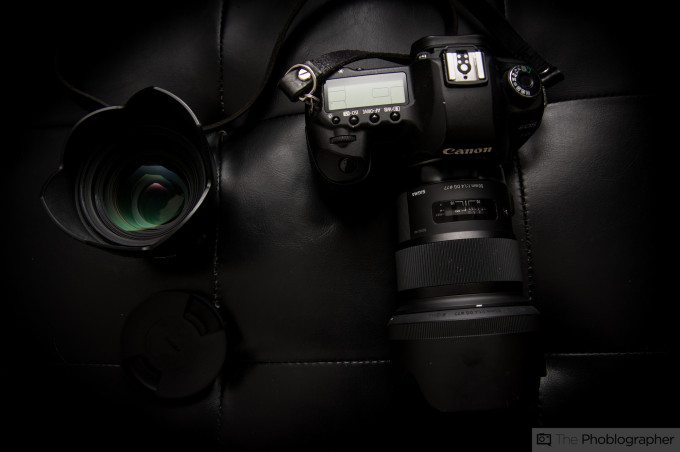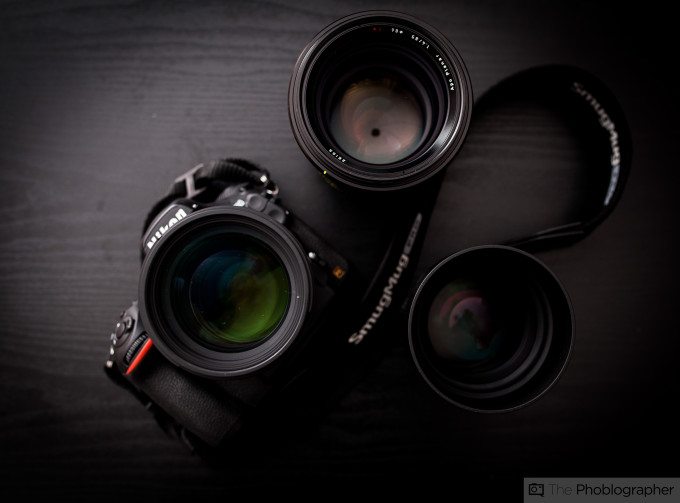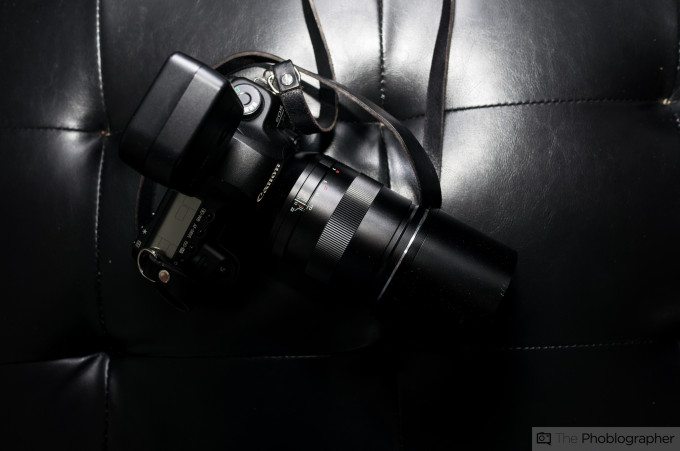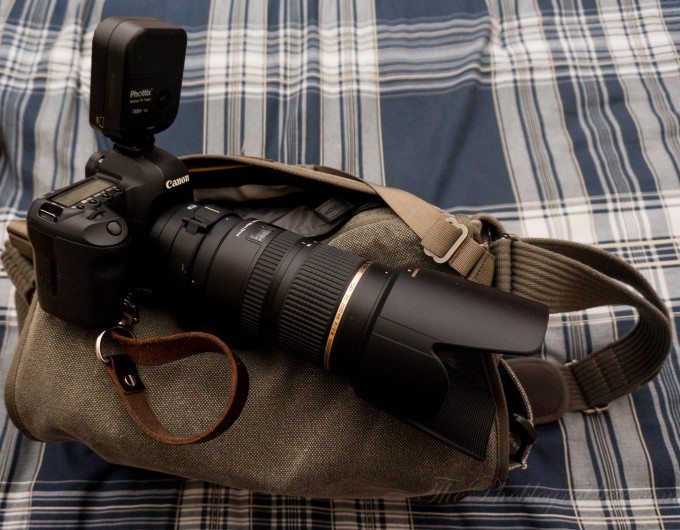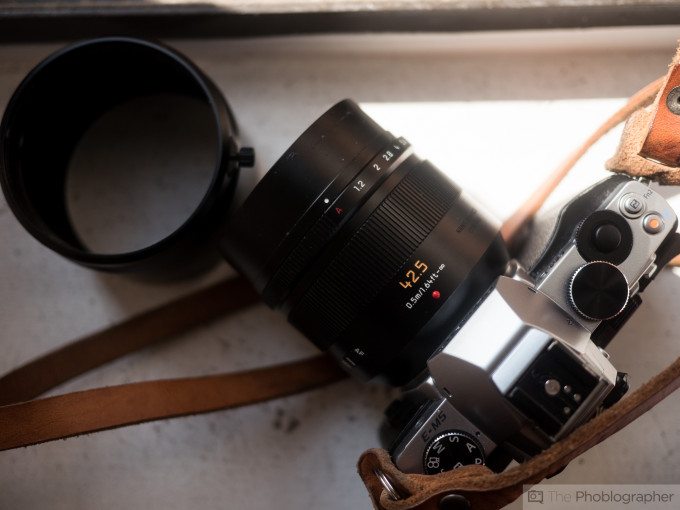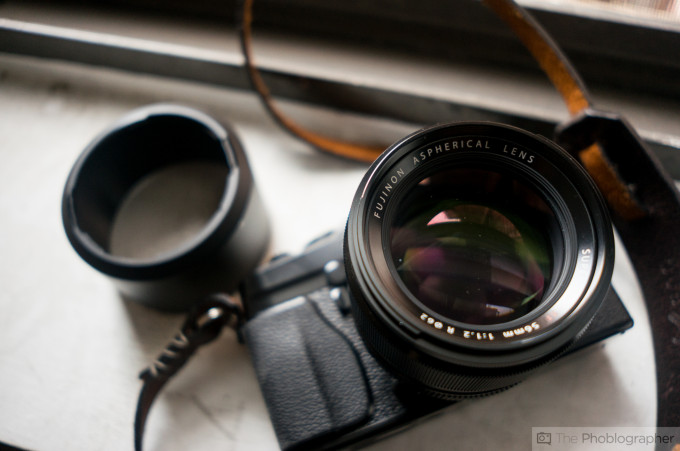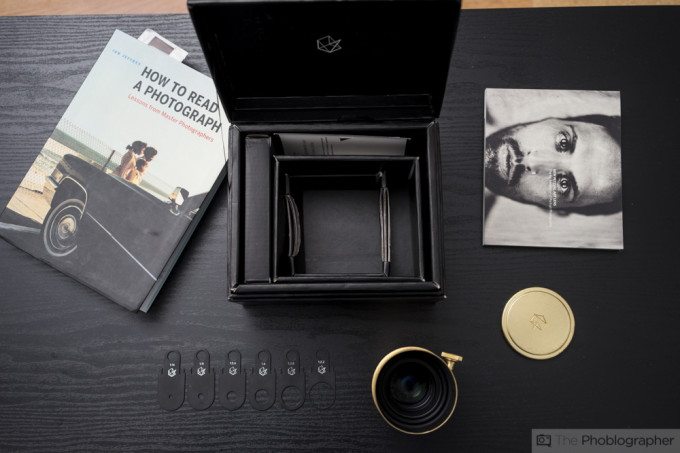The term bokeh colloquially refers to the quality of the out of focus area in an image. But over the years, it has come to be more associated with the whole out of focus area to begin with. In fact, it’s something that many photographers, enthusiasts and others become obsessed with. To get it, you need lenses with wide apertures and generally longer focal length lenses–though some wider options can do a great job too.
In our tests over the years, we’ve run across lenses from different manufacturers that exhibit some incredible bokeh. Here are some of our favorite lenses with the best bokeh.
Sigma 50mm f1.4 Art
Sigma’s new 50mm f1.4 Art is arguably the single best 50mm lens that you can get on the market right now. Not only is it sharp and exhibits a bit of micro contrast, but the bokeh is not distracting, creamy, and in fact has an ethereal and dreamlike feel to it. On top of this, Sigma’s lenses are designed to have more contrast and color saturation: so the bokeh will look like a it came out of a cinematic film.
In our review, we state:
“Believe us when we state that the word beautiful isn’t strong enough of a word to describe the quality. In fact, the English language may not have one. We wouldn’t say that the quality is hazy but instead very creamy. Upon another inspection, something about the bokeh also looks very Leica-like. You’ll get all the gorgeous round bokeh balls that you want.
Bokeh fiends will really digg this–and we’re positive that brides will too when you shoot their weddings.”
Read the review.
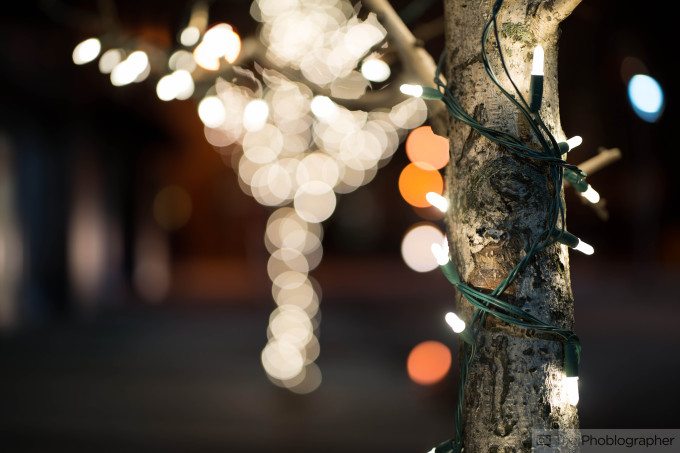
Zeiss 85mm f1.4 Otus
When Zeiss developed their new 85mm f1.4 Otus lens, they designed it to have no compromise on the image quality. And trust us: there is no compromise. Sure, you pay a couple months’ worth in rent for the lens but you also get the best 85mm lens on the market. Granted, Zeiss didn’t make this one as sharp as their 55mm offering, but the bokeh from this lens is gorgeous. In fact, it is only slightly bested by Zeiss’s own 135mm f2 lens.
According to our review:
“It’s gorgeous. No, really–it’s very creamy when shooting wide open and when combined with proper composition technique to really emphasize it. In addition to that, Zeiss adds micro-contrast to their lenses that make in-focus areas pop out a bit more. This both emphasizes sharpness and also puts a clear separation between the in focus areas and the bokeh. As a result, the bokeh also gets emphasized.”
Read the review.
Zeiss 135mm f2
My personal favorite lens is also considerably tough to use unless you have a tripod. Zeiss’s 135mm f2 isn’t an Otus offering, but it might as well be. It’s sharp from corner to corner, renders headshot images with little distortion, and will make all the out of focus areas into a hazy dream that you wish you remembered.
No wonder it won an Editor’s Choice award. In our review, we state:
“The Zeiss 135mm f2 is an absolute dream when it comes to portrait lenses. It is sharp, contrasty, produces beautiful bokeh, and has an excellent build quality. But in the end, it is still quite expensive. However, if you can save up for it and justify the purchase to yourself, you won’t be sorry at all despite a couple of other needs when it comes to focusing.”
Read the review.
Tamron 70-200mm f2.8 SP Di VC USD
We weren’t expecting a lot from Tamron’s 70-200mm f2.8 VC lens, but it surprised the heck out of us. Though the staff generally doesn’t work with zoom lenses, this one surpassed our expectations and made our jaws drop. Sure, it’s heavy and it’s pretty big–but it delivers equally as big image quality with vibration compensation built in. But what you want to know about is the bokeh. It gets better and better at the longer focal lengths.
In fact, we ran out of synonyms in our review:
“The bokeh of this lens is beautiful, pleasing, gorgeous, and any other synonyms that Thesaurus.com would give you. Dazzling? Sure, we were bedazzled by the quality of the bokeh. It is hazy, creamy, and overall extremely photogenic.”
Read the review.
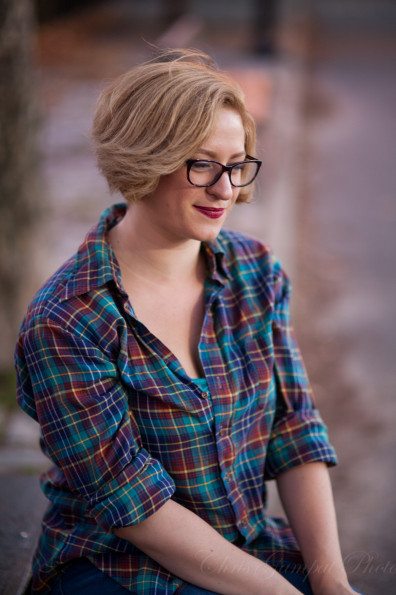
Panasonic 42.5mm f1.2
As the Micro Four Thirds lens with the widest aperture and autofocusing built in, there is very little that you can complain about if you’re an Olympus or Panasonic user. What’s really nice is the built in aperture ring–which is a departure from much of what both companies offer. Now here is where we were even more surprised: the bokeh from this lens is better than the f0.95 offerings from Voigtlander–but only slightly.
According to our review:
“When it comes to bokeh, then you’ll want to know that this lens also has the best bokeh of any Micro Four Thirds lens that we’ve tested. The bokeh from this lens can’t be described as hazy but indeed very creamy. In fact, we’re smitten with it and the way that it seems to surround the subject when shot wide open.”
Read the review.
Fujifilm 56mm f1.2
We haven’t really had any major complaints about anything that Fujifilm has delivered, and the 56mm f1.2 lens is no exception. The bokeh is good, but we found it most pleasing in scenarios where there is warm lighting involved. With that said, you’ll want to take this lens out during the golden hour and shoot to your heart’s content.
We state in our review:
“If you’re looking for a gloriously bokehlicious lens for the X series, this is the best that you’re going to get your hands on. For starters, it renders a telephoto field of view and at an equivalent of f2 on a full frame camera when shot wide open. When you import than images into Lightroom, you’ll still realize that a lot will be in focus for an f1.2 lens–and that’s when it’ll hit you that you’re dealing with an APS-C sensor design.”
Read the review.
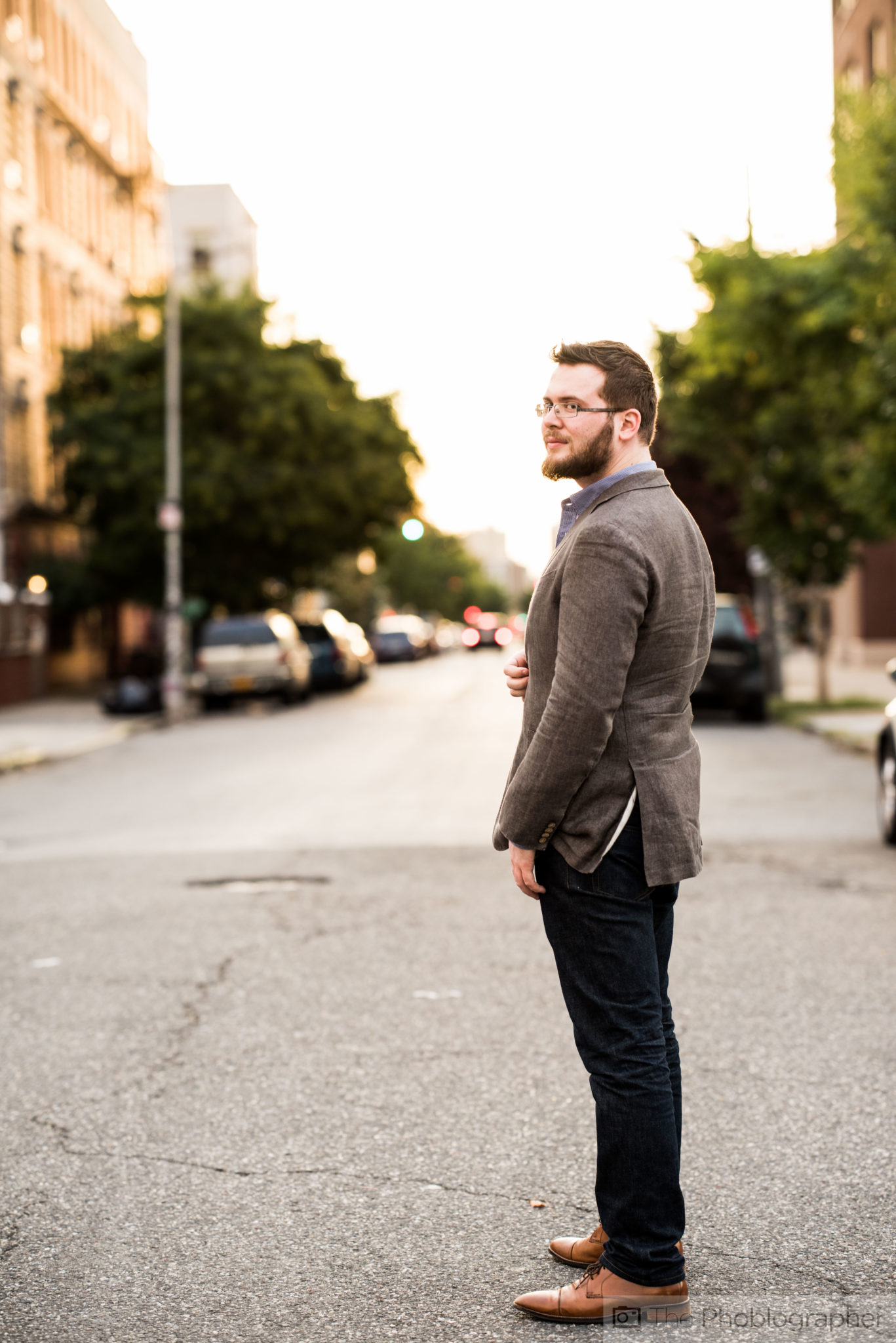
Lomography Petzval Lens
Rounding out this list is Lomography’s Petzval lens. A company that everyone said only created toys came out of nowhere recently with a beautiful lens that renders swirly bokeh the same way that very ancient lenses used to. What we were most impressed by is the color. In fact, it has some of the best color rendition of any lens that we’ve tried. But it gets a special mention here for its swirly bokeh.
In our review, we state:
“Make no mistake–the Lomography Petzval lens makes us super excited for what else the company has to offer us in the higher end world. It can produce beautiful images with a creative effect. But for the most part, it is more or less a one trick pony that when combined with the most creative of eyes and the most technical of users can be absolutely breath taking. We recommend it to the photographer looking for something new to add to their portrait gear–but with that said we only really recommend it for portraitists. There is really no point for a landscape shooter to buy one as the bokeh and effect will smear the edges.”
Read the review.


